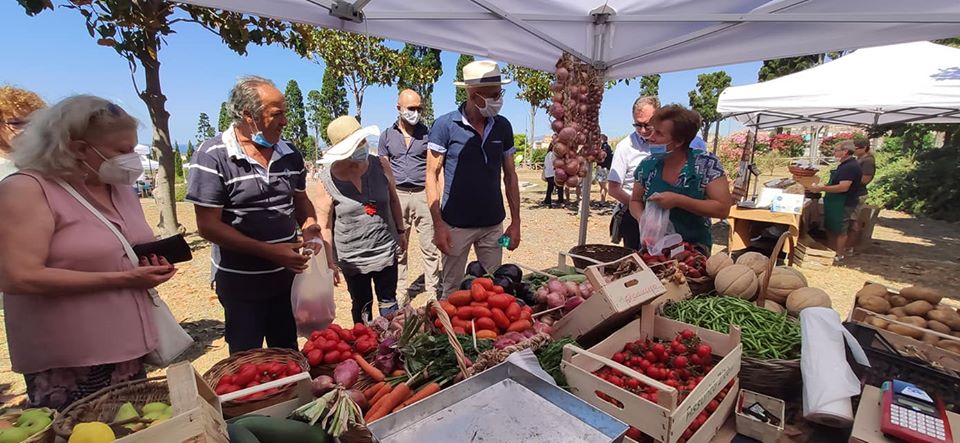![]() Written by Sarah Court and Gamini Wijesuriya, People-Centred Approaches Programme & Project Manager, ICCROM
Written by Sarah Court and Gamini Wijesuriya, People-Centred Approaches Programme & Project Manager, ICCROM
From GUIDANCE NOTE – ICCROM 2015
Cultural heritage has been created by people and it has been created for people. Our world is a better place for the richness that cultural heritage brings.
Although individual people and their contribution to cultural heritage is important, it is often more appropriate to work with groups of people – or communities – as culture is usually accomplished through collaboration. It can also be more helpful to think in terms of the efforts made by groups of people to the conservation of heritage: communities of place, communities of interest and communities of practice.
At heritage places that are considered to be a ‘living’ part of their community (and examples range from Buddhist temples to the London underground), the community’s engagement often brings advantages to both heritage and community alike. Communities contain capacities and assets that outlast political or professional structures and complement specialist knowledge and skills. A people-centred approach harnesses
these capacities in order to offer long-term conservation and co-management for the good of the heritage and for the good of the community.
Conversely, there are many examples that illustrate the negative impacts that can occur when heritage is divorced from society by an imbalanced management system. Where the relationship between people and heritage is divorced from society by an imbalanced management system. Where the relationship between people and heritage has been weakened or broken, a people-centred approach seeks to identify the problems and rectify them.
Taking a people-centred approach is not simply a suggestion for increasing participation within a management system. Instead, it is about addressing a core component of heritage management – the people who are connected to heritage – and ensuring that it is an integral element of conserving that heritage.

